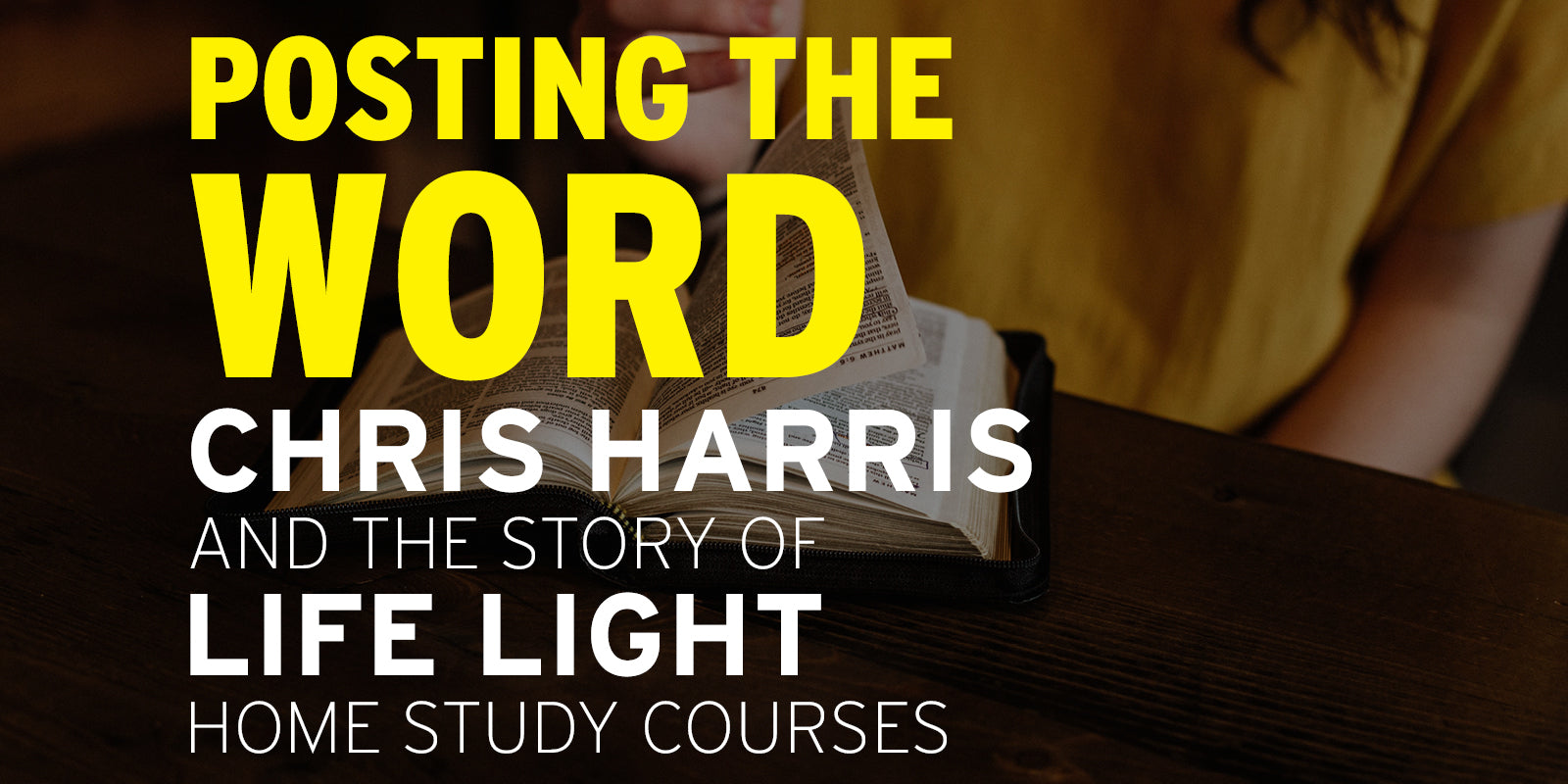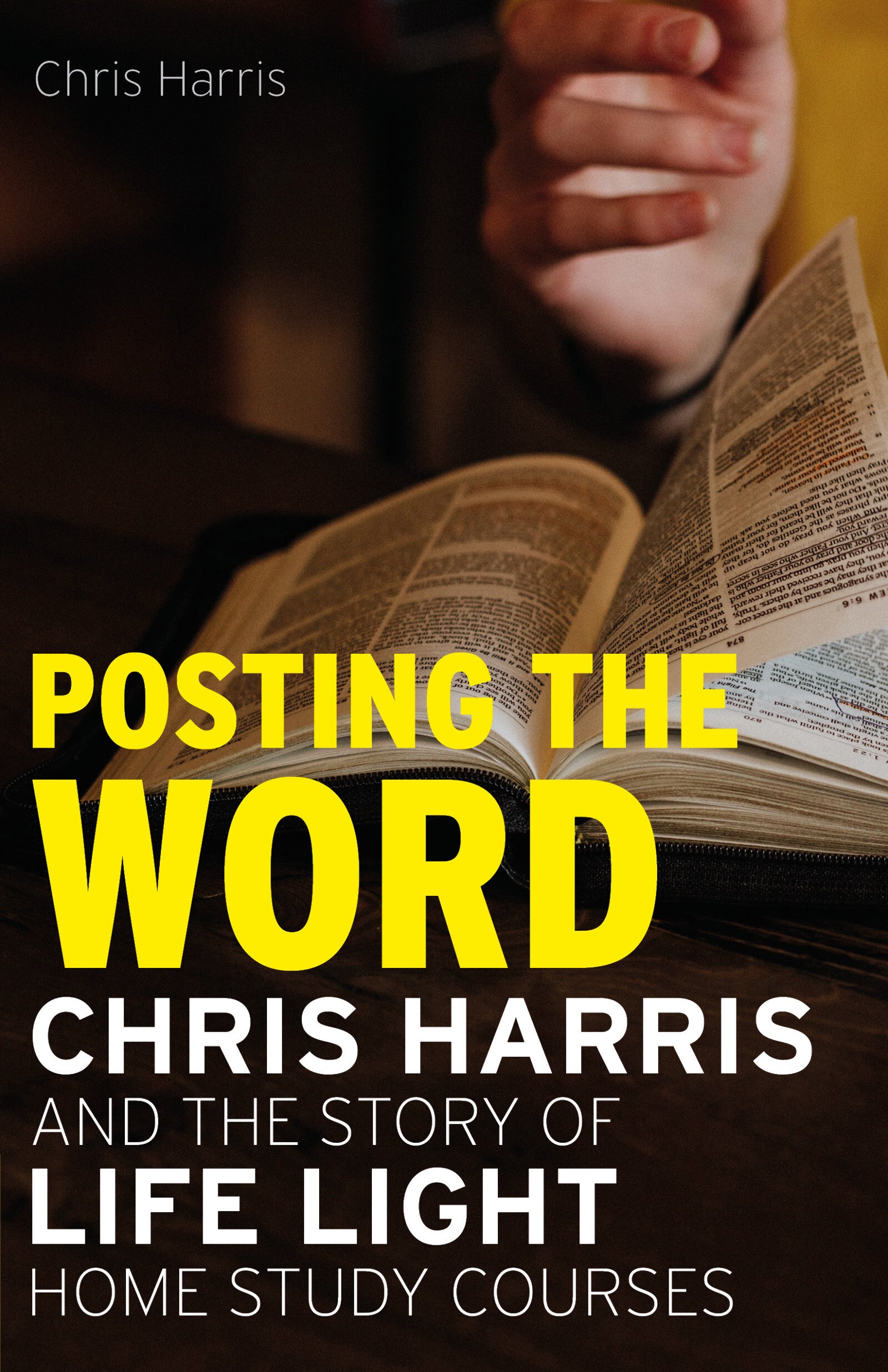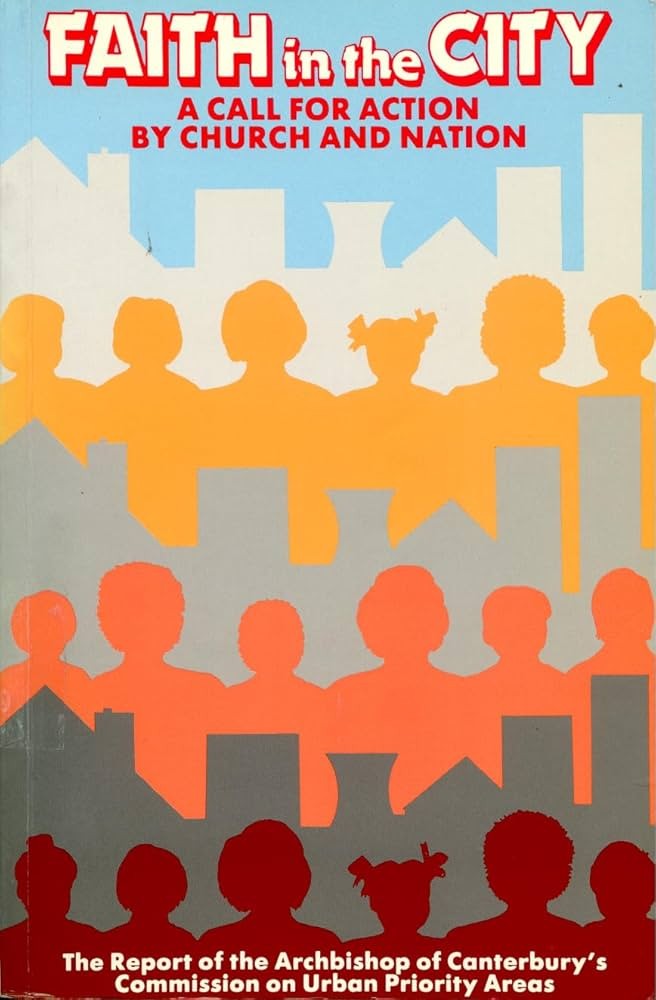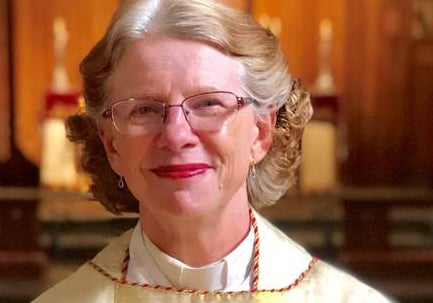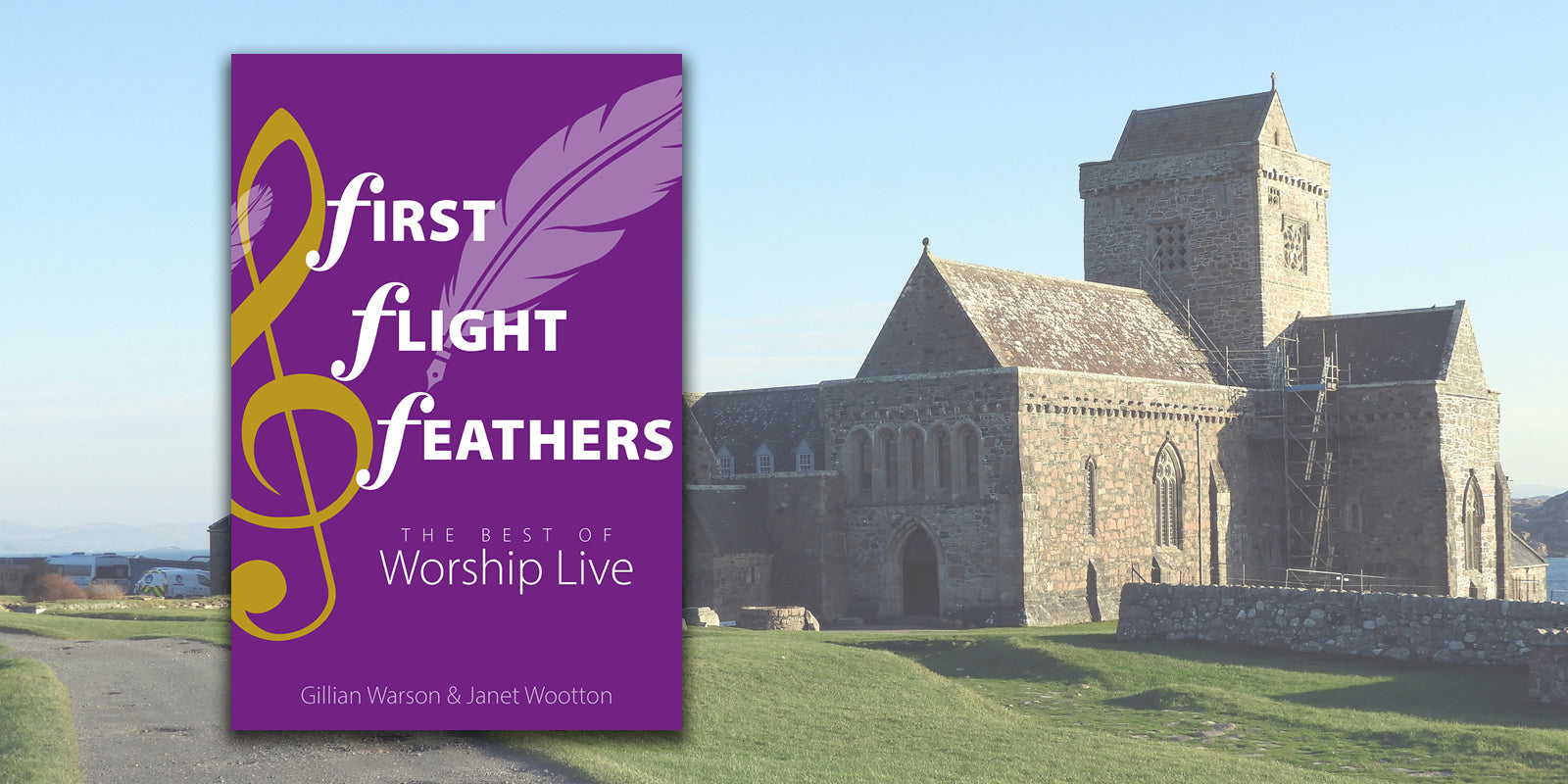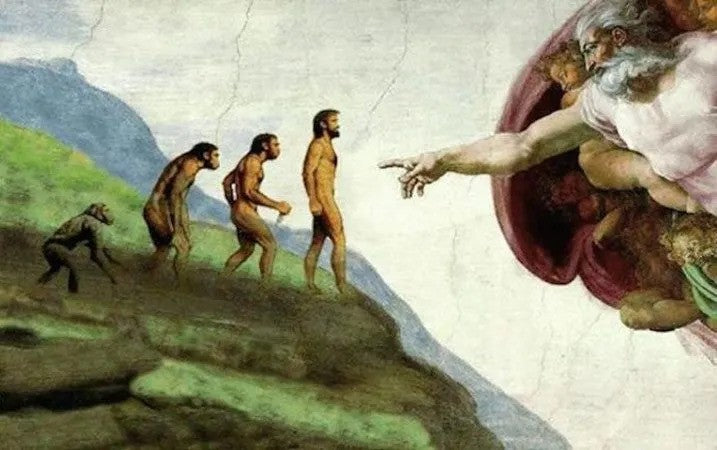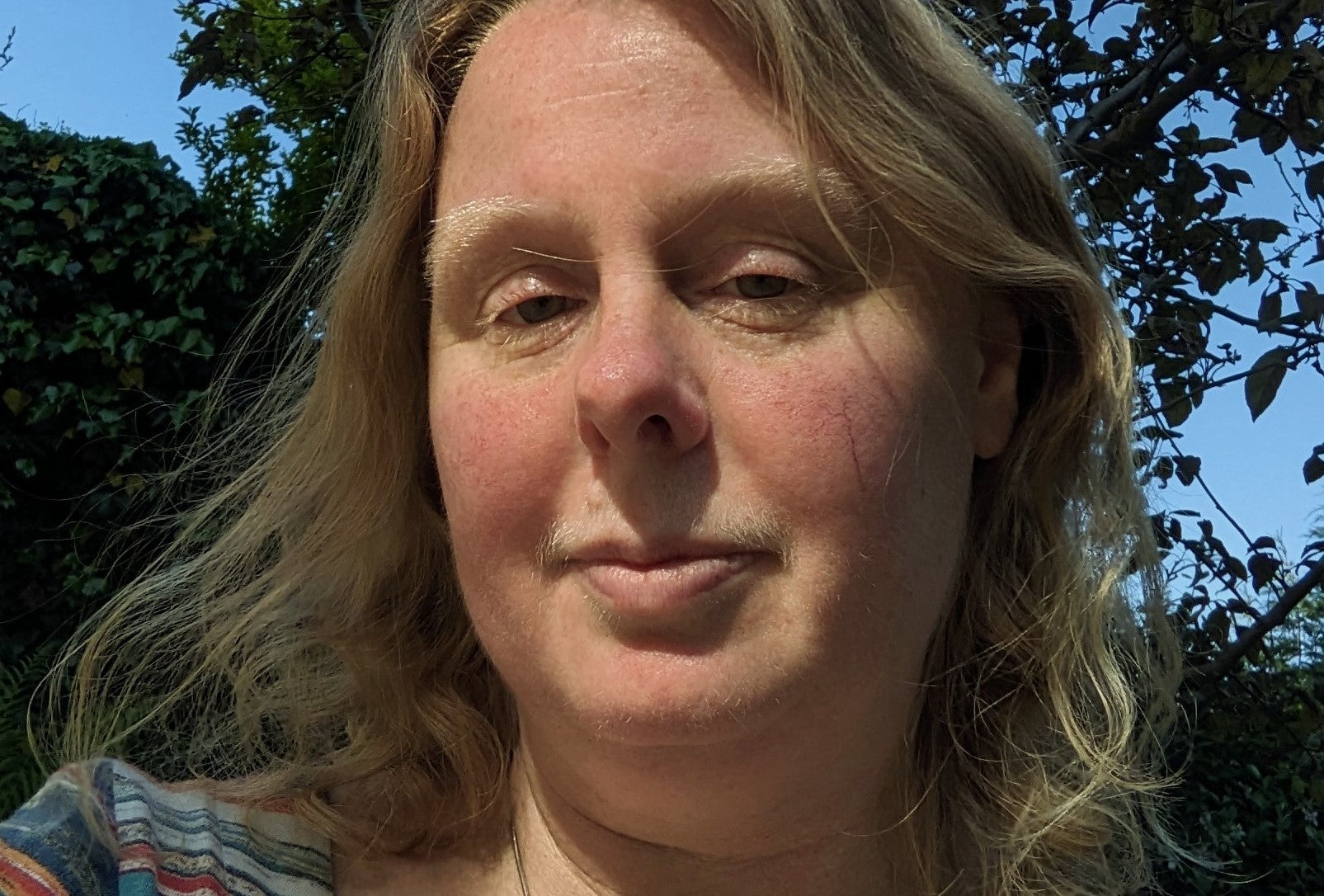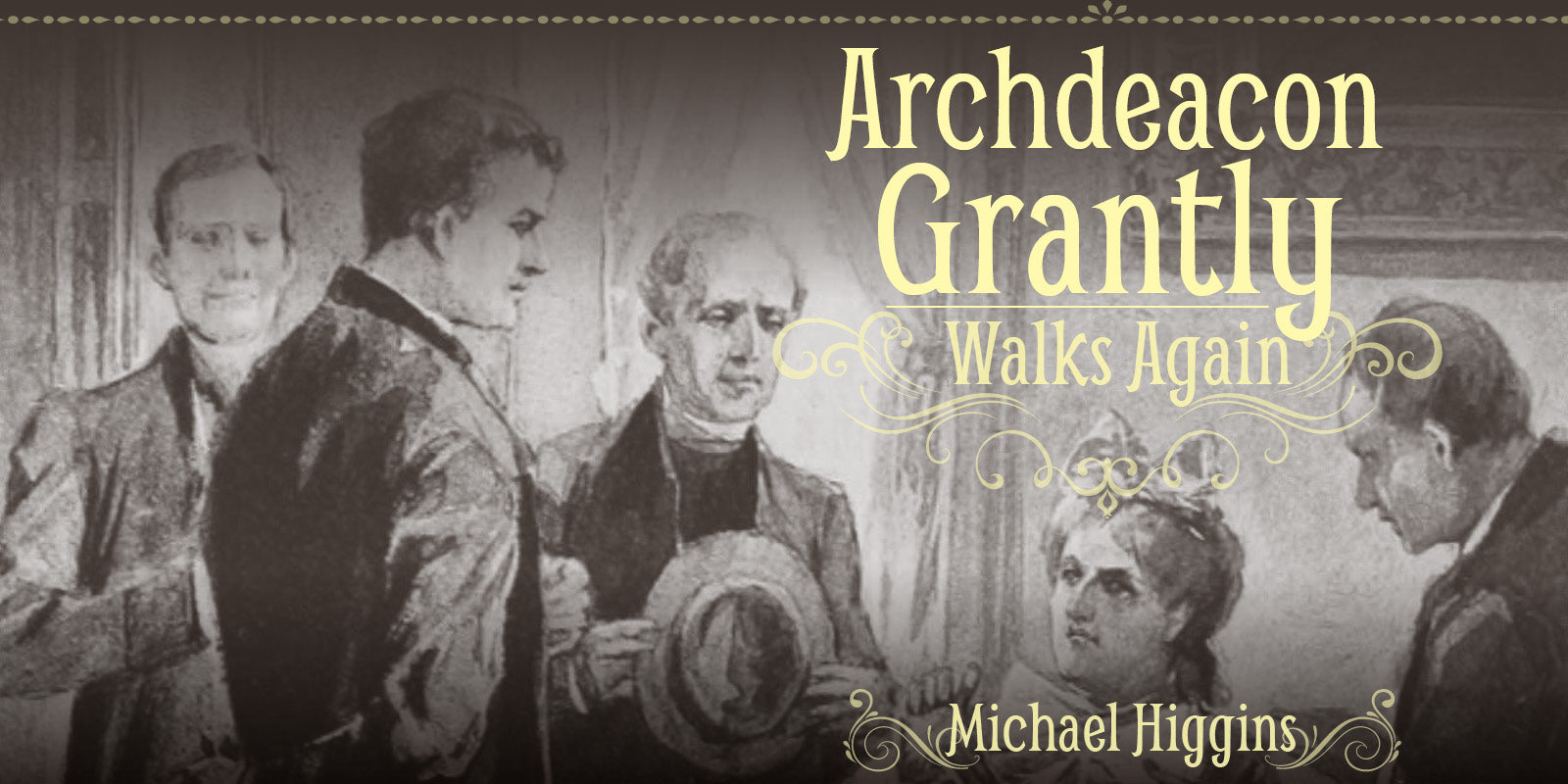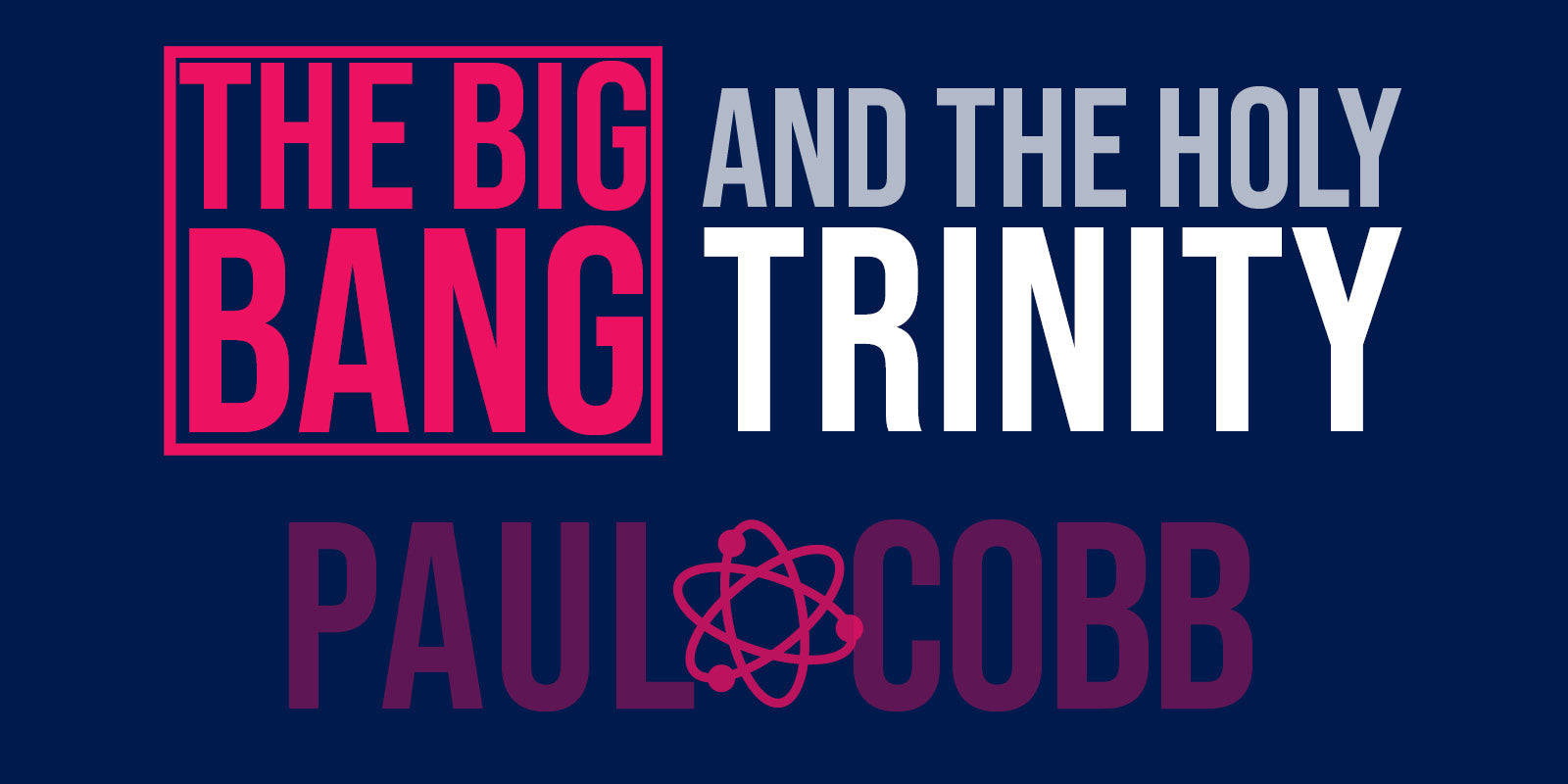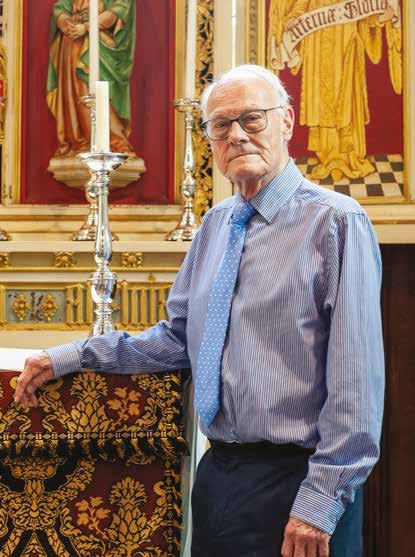GUEST BLOG: Chris Harris, author of our latest release Posting the Word, discusses his hope for the future of the Church.
Whatever you may come to think of Posting the Word – my own story and how I set up Life Light - you will not find many laments within its pages.
There are laments, and there are laments. A common sort of lament is characterized by being completely negative. The writer, poet, musician or artist wallows in his/her own sense of inconsolable desolation. Think of the war poems of the First World War, the Beatles’ song Yesterday, or the last movement of Tchaikovsky’s Sixth Symphony.
Another kind of lament is to be found in the Bible. Here the writer paints a black picture of some catastrophic setting, but then points to an eventual happy outcome, a silver lining. The most famous example is to be found in the Book of Lamentations. The destroyed Jerusalem is portrayed by the poet(s) as a widow.The black wretchedness is conveyed in terms of her grief. "How lonely she sits, the city once thronged with people, as if suddenly widowed. Though once great among the nations, she, the princess among provinces, is now reduced to vassalage" (Lamentations 1:1). However there is one source of comfort for the poet and this springs from his hope in Yahweh. "The favours of Yahweh are not all past, his kindnesses are not exhausted; every morning they are renewed; great is his faithfulness...and so I will hope in him" (3:22).
The story recounted in Posting the Word covers a great deal of change and new insights within the Church. As such you might expect some nostalgic lament: a bewailing of the passing of the time when our churches were routinely full week after week, when the media were respectful of faith-attitudes, and so on. With the help of the diaries I kept over the years, I have been able to present vivid snapshots of a number of these past settings: the Catholic parish-ghetto of the post-war years, the experience of the 1950s seminary and of teaching in one of the last junior seminaries.
However I have throughout my book emphasized the positive and always sought solutions to problems. On an almost daily basis I lived through the Second Vatican Council. I describe the effects this experience had on myself and upon my religious community as we sought solutions. Like the poets in the Book of Lamentations, we were vividly aware of present needs but always looked to the future with hope – the second type of lament.
I set up Life Light Home Study Courses as a contribution to solving the problem of the lack of facilities for Adult Religious Education after Vatican II. My book takes the reader through the various twists and turns which this project involved, including a highly promising inauguration, an intensely painful laicisation process, my chronic and frequently-recurring doubts about the existence of God (and how I dealt with them), a fresh but slow project re-start with the indispensable help of St Mary’s University College in Twickenham, and much else.
I confide how I met and married Heather, and how we worked together on a new theology of marriage. We both had a deep knowledge of religious life spirituality. We now sought to transfer this from the Cloister to the Hearth. We set out to research an equally rich spirituality for marrieds, one which would sit as cosily with the realities of married and family life as traditional religious spirituality sat with the members of convent and monastic communities. Our efforts were welcomed in many different quarters.
Our team of distance learning tutors have benefited from the insights, suggestions and wish-lists of over thirteen thousand course-participants. This constituency consists mostly of 18 to 34 year-old aspirants preparing for various forms of RE ministry, especially in faith schools: an important section of the future of the Church in other words! As I researched Posting the Word I realised more and more that all this reflection and writing could be viewed as a valuable resource and shared more widely. The final chapters enable the reader to share this resource.
As you do so, I hope that you will find many stimulating and practical ideas about how the Church of the future might fulfill its role more effectively. Among the areas covered: the coming-together of faith and science, new approaches to faith in God and the afterlife, the shape of ecumenical dialogue, the possible prioritization of orthopraxis over orthodoxy, the structures of the ordained ministry, the role of women in the Church, practical ways in which the Churches could support marriage and the family.
Like the Book of Lamentations (cf 5:19 – end), my book ends on an optimistic note. Francis has spent his time as Pope trying to implement Vatican II. He has progressively decentralized areas of church government, giving greater authority to local bishops. He is currently going further and, it is thought with the help of Archbishop Justin Welby, he is trying to introduce the idea of synodality. In October 2021 he launched a 2022-2023 Roman Synod on Synodality. Unlike any other Synod in Christian history, he has invited input, not only from all Catholics, but from all Christians.
Would you like to discover motivation to participate in this world-wide process? Then read Posting the Word.
âChris Harris was born into a devout and active Catholic family in Birmingham. A graduate of the Universities of London, Liverpool and Louvain in Belgium, he was also a priest for many years. He later resigned from the priesthood to marry Heather Farr. Together they developed Life Light Home Study Courses. You can find out more about Chris, Heather and the story of Life Light Home Study Courses in Posting the Word – get your copy here!
